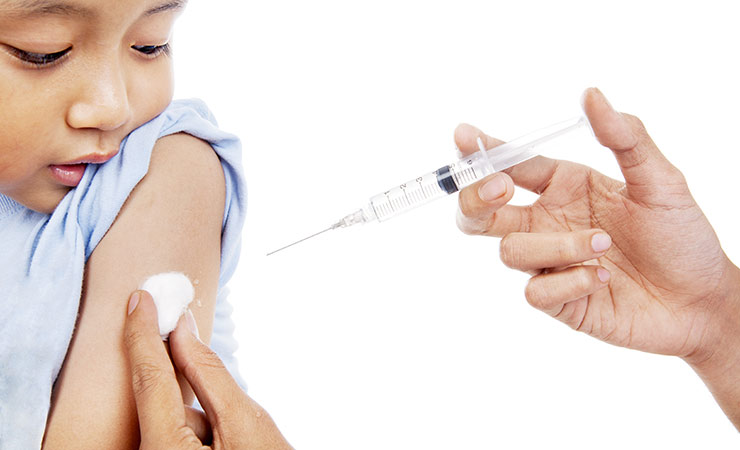Melanoma remains one of the deadliest cancers worldwide, and in many cases, time of diagnosis can mean the difference between life and death.
To help increase access to dermatological testing that can lead to the identification and treatment of skin cancer, researchers at Stanford University have created a computer program that can detect the disease as well as human doctors. They published their findings Wednesday in the journal Nature.
Using deep learning and visual processing, scientists trained a computer to diagnose possible cancer by referencing about 130,000 skin disease images. They built their own algorithm inspired by one developed by Google that can detect 1.28 million images from 1,000 object categories.
“There’s no huge dataset of skin cancer that we can just train our algorithms on, so we had to make our own,” co-lead author Brett Kuprel, a graduate student in the university’s Thrun Lab, said in a news release. “We gathered images from the internet and worked with the medical school to create a nice taxonomy out of data that was very messy— the labels alone were in several languages, including German, Arabic and Latin.”
After completing the translations, researchers sifted through the images and made about 130,000 selections to represent 2,000 diseases. They drew only high-quality images confirmed by biopsy, which the University of Edinburgh and the International Skin Imaging Collaboration Project supplied, representing the gamut of skin cancers.
Researchers tested the algorithm’s performance by using a scientific curve that distinguishes malignant lesions from those that are benign, as well as with three key diagnostic tasks. They measured its capabilities against the guidance of 21 dermatologists’ advice regarding each image. The test revealed the algorithm’s performance matched the dermatologists’.
Although the algorithm currently lives only on a computer, study authors hope to make it available on smartphones so skin cancer diagnoses can be at patients’ fingertips.
According to the American Academy of Dermatology, about 8,500 Americans are diagnosed with skin cancer every day. Early detection can significantly improve survival rates, but for regional and distant stage melanomas, five-year survival rates are 62 percent and 18 percent, respectively.
“My main eureka moment was when I realized just how ubiquitous smartphones will be,” co-lead author Andre Esteva, a graduate student in the Thrun Lab, said in the release. “Everyone will have a supercomputer in their pockets with a number of sensors in it, including a camera. What if we could use it to visually screen for skin cancer? Or other ailments?”




